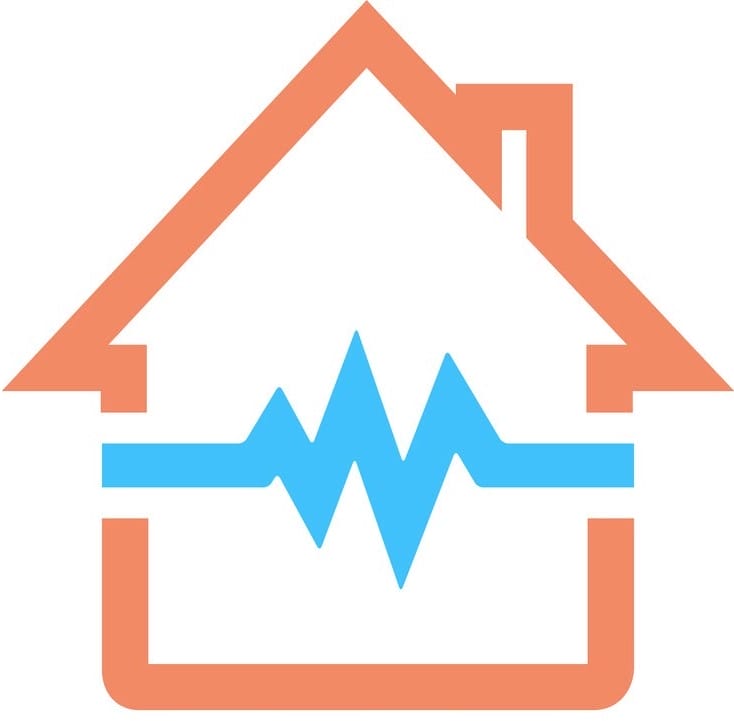Today’s post comes from Audrey St-Laurent. Audrey is a PhD student in the department of kinesiology at Laval University of Quebec City. She is also the communications director of the OC-SNP National Executive.
Are you in self-quarantine without any symptoms or diagnosis of acute respiratory illness?
Do you want to stay or become physically active, but you don’t know how, especially in this period of adaptation and change brought on by the pandemic?
If you answered “yes” to those two questions, you should definitely read the following blog post based on guidance from the World Health Organization (WHO)1,2.
You may have no special equipment and/or have limited space at home, but you can still be active.
Here are 10 tips to be active and reduce sedentary behaviours while at home during the COVID-19 pandemic:
- If you haven’t already, you could try to make physical activity part of your daily routine
- Did you know that there are online fitness classes?
- For example, Youtube offers a variety of free videos that allow us to move in a lot of ways. Why not check out some of them?
- However, we must be careful and aware of our own limitations; this is not the time to injure ourselves on top of everything else that’s going on these days!
- To walk
- Walking is already an integral part of our daily life. Despite the context we are facing at the moment, we can increase our number of steps at any time by walking around our house (e.g., during a phone call), going up and down stairs, walking in our neighbourhood (making sure to maintain at least a 2-meter distance from other people), etc. In short, there is something for everyone!
- To stand up whenever possible
- It is possible to work in a stand-up position by setting up a standing desk using a high table or stacking a pile of books or other materials under our work.
- To do stretching exercises and balance training
- Stretching and balance exercises can positively influence our physical health (e.g., flexibility) and therefore improve our ability to carry out our daily activities; we should not underestimate their importance!
- During our sedentary activities, why not prioritize stimulating activities such as reading, puzzles or board games
- Every little move counts and can make a difference!
- Doing any activity is better than none at all
- For example, we can dance to our favourite upbeat music a few minutes, play active video games, perform household chores, etc.
- Are you interested in simple and enjoyable physical activities with your family and friends?
- It is possible to organize online meetings and to be active all together at the same time.
- Find your own motivation
- For my part, my motivation to be active comes from the fact that I know I always feel so much better after exercising, both physically and mentally.
- What’s yours?
- The nine tips mentioned above did not satisfy you? Be aware that there is a wide range of other ideas and resources available online that could probably suit you. Don’t be afraid to check them out – you may find some great new things!
To remember…
- It is important to do only the exercises that match our abilities (some exercise adjustments may be necessary) and to gradually introduce physical activities into our routine to avoid injury.
Don’t forget…
- EVERYTHING IS GOING TO BE FINE!
- We are here for you! Email us! oc-snp@obesitynetwork.ca
References
1 World Health Organization (2020). Be active during COVID-19. Retrieved from https://www.who.int/news-room/q-a-detail/be-active-during-covid-19 (consulted on April 2, 2020)
2 World Health Organization (2020). Stay physically active during self-quarantine. Retrieved from https://www.euro.who.int/fr/health-topics/health-emergencies/coronavirus-covid-19/novel-coronavirus-2019-ncov-technical-guidance/stay-physically-active-during-self-quarantine (consulted on April 2, 2020)
Images retrieved from https://www.vectorstock.com/royalty-free-vector/pulsating-house-logo-vector-8659095 (consulted on April 2, 2020) and https://twitter.com/WHO/status/1242750351817748481?s=19&fbclid=IwAR242PZy_DgtSLry9cjSj6SRfWRlzqZRa9j11EXBulcitb_IayIBbZEAxFc (consulted on April 2, 2020)






